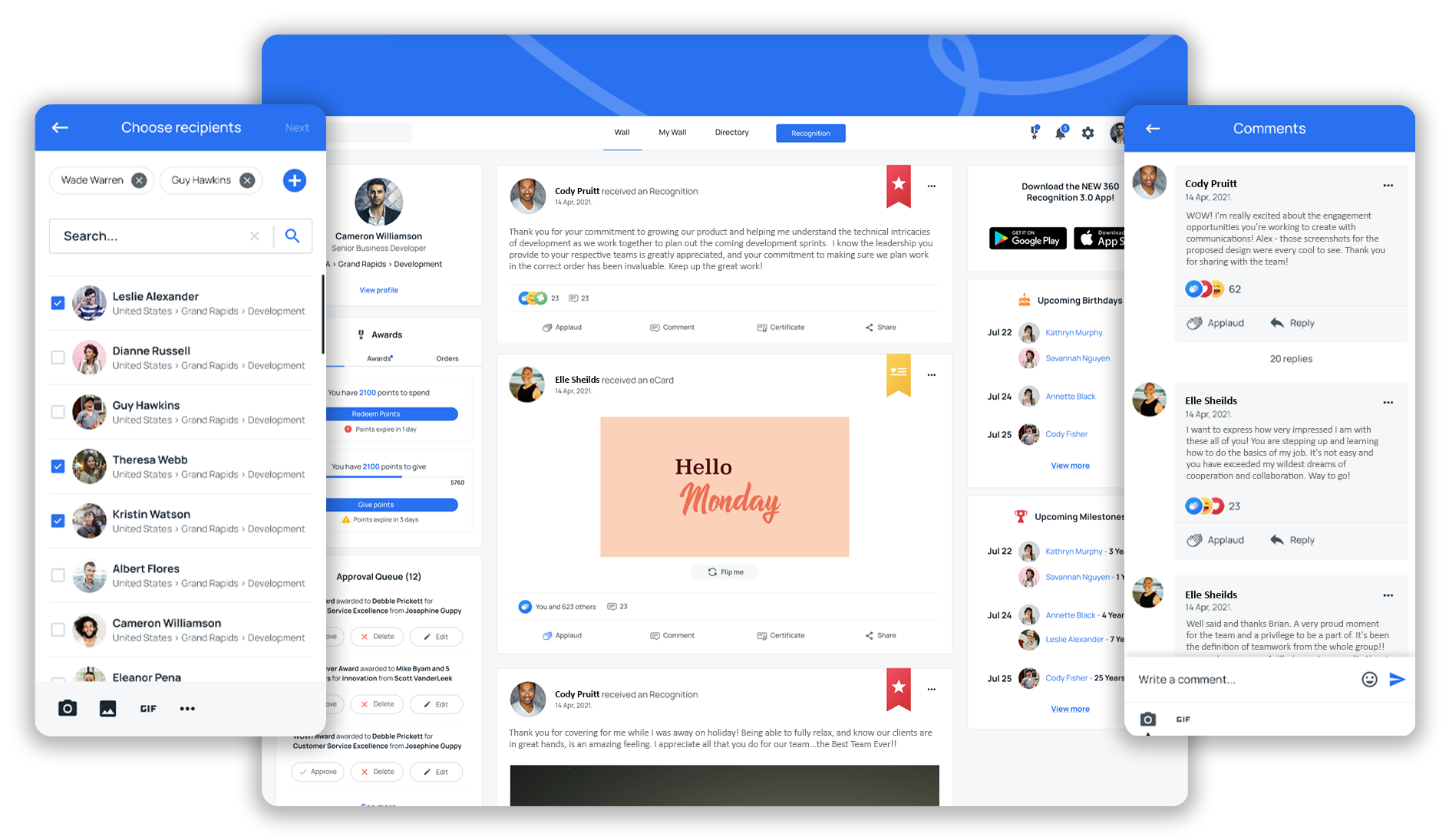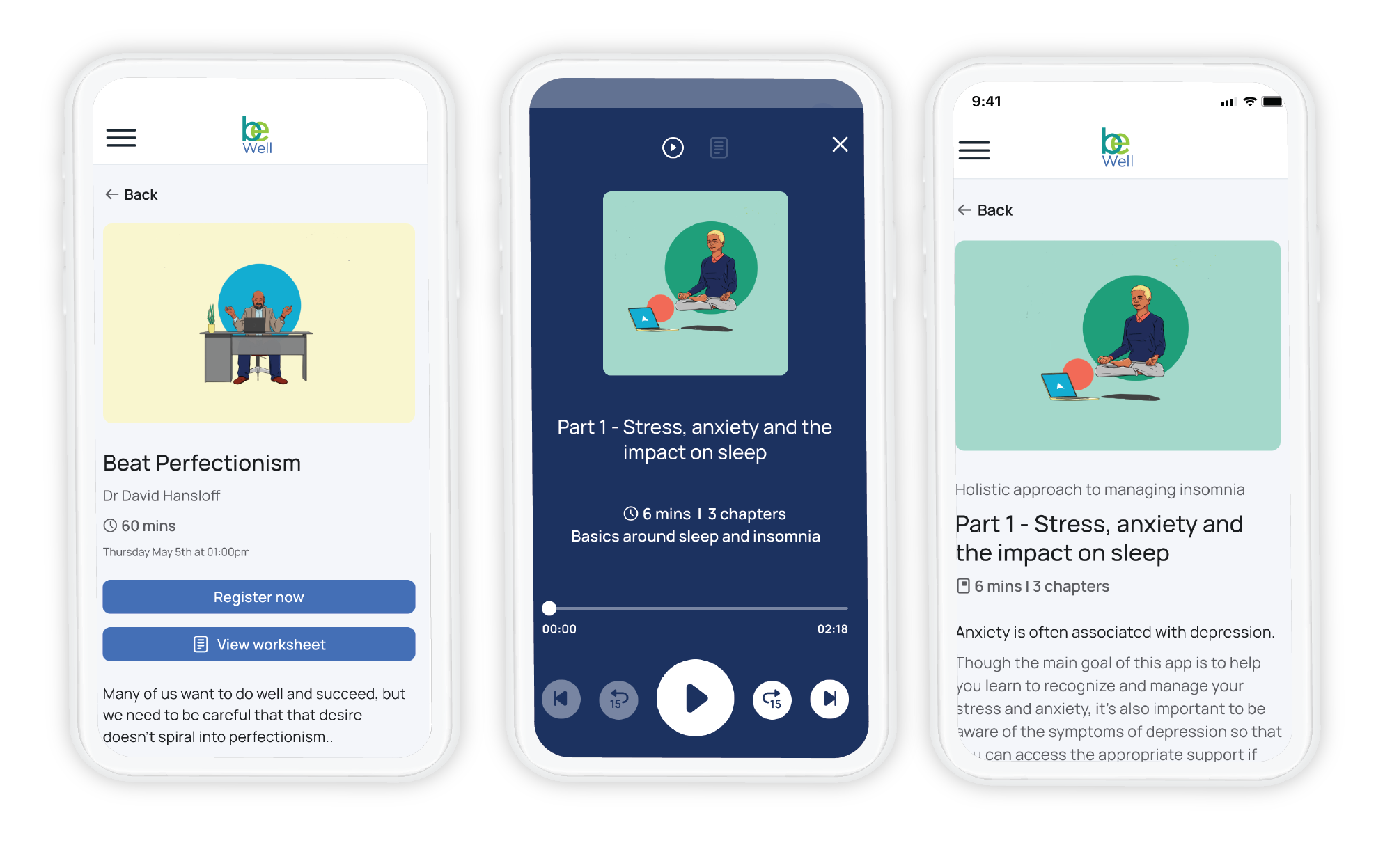November 13, 2024

Company morale shows how satisfied and motivated employees are at work. High morale boosts productivity and reduces turnover. This article explores how to measure and improve it effectively.
Key Takeaways
- Company morale significantly influences employee engagement, retention, and overall business success, necessitating focus on leadership, communication, and recognition.
- Measuring employee morale through surveys, performance metrics, and workplace behavior observation is vital for identifying issues and implementing improvements.
- Strategies to boost morale include aligning with company values, enhancing communication, implementing recognition programs, and promoting mental health and work-life balance.
What is Company Morale?
Company morale is the collective emotional and mental state of employees in an organization. It reflects their overall attitude towards their work and the workplace. Factors influencing company morale include leadership, communication, and recognition.
Effective leadership plays a pivotal role in boosting employee morale by fostering a sense of unity and purpose. When employees see how their work aligns with the company’s mission and vision, they feel more emotionally invested and engaged.
The nature of work also has a direct correlation with employee morale. Fulfilling and meaningful work can significantly boost morale, while monotonous or unchallenging tasks can lead to employee disengagement.
Additionally, the mentality of company leaders impacts morale as it trickles down throughout the organization. Managers and individual contributors both play a role in affecting company morale, highlighting the importance of a positive and supportive leadership approach.
Why Company Morale Matters

Company morale is a critical component for the overall success of a business. High employee morale is linked to increased engagement and job satisfaction, which are essential for fostering a positive company culture.
When employees are satisfied and engaged, they are more likely to stay with the company, reducing turnover rates and associated costs. On the other hand, low morale can drive employees to seek new job opportunities, leading to high turnover and absenteeism, which incurs significant costs for businesses.
Ultimately, fostering high morale is essential for business success as it positively impacts productivity, retention, and the overall work environment.
3 Ways to Measure Employee Morale
Various methods can be employed to accurately measure employee morale, including surveys, performance metrics analysis, and observing workplace behavior.
These approaches provide valuable insights into the overall attitude and employee satisfaction of employees, helping company leaders to address any underlying issues.
1. Conducting Employee Surveys
Employee engagement surveys are a powerful tool for measuring employee morale. They gauge employee feelings about work, benefits, and company culture, providing a clear picture of the overall workplace sentiment.
Regular check-ins, pulse surveys, and stay interviews are some of the methods used to monitor employee morale. Pulse surveys, for instance, are quick surveys sent quarterly to gauge team morale, while stay interviews involve conversations with employees to understand their motivations and experiences.
Sentiment analysis of survey responses can help determine if workplace morale is high or low. Considering demographic factors such as team differences, genders, and the distinction between remote and office workers provides deeper insights into survey data.
2. Analyzing Performance Metrics
Performance metrics can provide valuable insights into employee morale. Tracking significant or sustained dips in performance over time can indicate underlying morale issues.
Data types such as employee performance data, training records, absenteeism rates, and grievances filed can be used to help assess workplace morale. Observing employee morale trends over time reveals underlying issues; one-off bad days do not indicate a persistent problem.
Quarterly surveys are preferred for measuring employee morale as they track trends over time and reduce recency bias. For instance, a recurring dip in morale at the end of every quarter could indicate an issue with deadlines and burnout that needs to be addressed.
3. Observing Workplace Behavior
Simply, observing workplace behavior is another effective method for measuring employee morale. Signs of low morale include frequent absenteeism and poor work quality. By paying attention to changes in employee behavior, managers can identify potential morale issues early and take corrective action to improve the overall work environment.
11 Strategies to Boost Employee Morale

Boosting employee morale requires a multifaceted approach that includes aligning with company values, enhancing communication channels, and implementing recognition programs. These strategies help create a supportive and engaging work environment, ultimately leading to higher job satisfaction and productivity.
1. Align with Company Values
Aligning employees with company values is crucial for boosting morale. A clear mission and values attracts employees who resonate with the company’s culture, increasing happiness and engagement.
Living the company mission in the workplace fosters a sense of belonging and purpose among employees. Inclusivity and diversity also play a significant role in creating a positive work environment, making employees feel valued and respected.
Clear communication of the company’s mission, vision, values, and goals is essential for aligning employees with company values. When employees understand the importance of their work and its impact on the company’s success, they feel more emotionally invested and engaged. This alignment not only boosts morale but also enhances overall job satisfaction and productivity.
2. Enhance Communication Channels
Effective communication is key to boosting employee morale. Two-way communication channels allow employees to express their thoughts and concerns, fostering a sense of safety and trust.
Connected employees can experience productivity increases of 20-25%, highlighting the importance of keeping everyone informed and engaged. However, a common mistake companies make is using a one-size-fits-all approach, which can negatively affect morale.
Poor communication and lack of growth opportunities can decrease employee engagement. Creating open communication channels helps employees feel safe expressing their thoughts, leading to a more supportive and collaborative work environment. This not only improves morale but also enhances overall productivity and job satisfaction.
3. Implement Recognition Programs

Implementing recognition programs is an effective way to boost employee morale. The purpose of these programs is to acknowledge staff contributions and celebrate their accomplishments.
Peer-to-peer recognition programs allow coworkers to acknowledge each other’s contributions, fostering a supportive work environment. Monetary bonuses, raises, and internal promotions also serve as effective incentives to boost morale.
4. Offering Mental Health Benefits

Being sure to prioritize employee mental health in the workplace is essential for maintaining high morale. So much so, one health benefits specialist has dubbed the term, "Employee Positivity Factor." That is, employees who come to work feeling their best tend to have more positive interactions with their customers and co-workers. In turn, more sales are made and workers experience a more positive environment.
Offering a corporate wellness program with mental health benefits, like Terryberry's Be Well program, can help play a pivotal role in a comprehensive wellness initiative.
5. Encouraging Work-Life Balance
Encouraging work-life balance is crucial for preventing burnout and maintaining high morale. Flexibility at work allows employees to manage their work and personal commitments effectively, reducing stress levels.
Regular breaks and well-designed workspaces contribute to employee comfort and can significantly reduce stress. Promoting work-life balance not only enhances employee well-being but also leads to higher job satisfaction and productivity.
Moreover, job overload can result in lower work quality and diminished productivity. Encouraging employees to take regular breaks and manage their workload effectively helps in maintaining a healthy work-life balance. This approach not only improves morale but also prevents employee burnout and promotes long-term well-being.
6. Virtual Team-Building Ideas
Virtual team-building initiatives are essential for maintaining a cohesive team dynamic in remote work settings. Examples of virtual team-building activities include online office games, monthly video chats, and virtual happy hours.
These activities enhance connections among remote workers, fostering collaboration and team spirit. Engaging in virtual team-building activities can lead to improved communication, stronger relationships, and enhanced morale among team members.
Incorporating virtual team-building activities is crucial for ensuring that remote workers feel connected and valued. These activities provide an opportunity for team members to interact and bond, even when working from different locations. This not only boosts morale but also enhances overall team performance and productivity.
7. In-Person Team Events

In-person team events play a significant role in building stronger team connections and enhancing workplace morale. Activities such as team outings, happy hours, or escape rooms help employees bond in a relaxed atmosphere, fostering better relationships and trust among team members.
These events contribute to higher morale and create a more supportive and collaborative work environment.
8. Professional Training Programs
Professional training programs play a crucial role in employee development. Providing access to one-on-one coaching, learning programs, and support for classes or conventions helps employees develop new skills essential for career advancement.
Managers can support employee development by creating personalized growth plans and showing a clear path for advancing within the organization. When employees feel like their career is growing and developing, it not only enhances job satisfaction but also boosts morale and productivity.
9. Career Advancement Opportunities
Providing clear career paths and advancement opportunities is important for maintaining high employee morale. When employees see a clear progression path, they're more motivated and committed to the organization. This not only boosts morale but also contributes to skill development and overall job satisfaction.
Encouraging employees to pursue development courses and take on new responsibilities fosters a culture of continuous growth and improvement.
10. Peer-to-Peer Recognition
Peer-to-peer recognition systems foster a sense of community and enhance interpersonal relationships at work. Public recognition of achievements can be a powerful motivator, making employees feel valued and appreciated.
Implementing avenues for employees to recognize each other’s efforts, such as monthly awards or dedicated employee recognition platforms, can significantly boost morale and create a supportive work environment.
11. Performance-Based Incentives
Performance-based incentives can drive motivation, foster healthy competition, and boost morale among employees. Offering both monetary and non-monetary incentives caters to diverse employee motivations, creating a culture of high performance.
This approach encourages employees to exceed expectations and fosters a competitive yet supportive work environment.
The Impact of Low Employee Morale

Low employee morale can have severe negative impacts on business performance. Factors such as favoritism, office politics, and inconsistent treatment among employees can contribute to low morale. This can lead to decreased productivity, higher turnover rates, and financial losses for the company.
Decreased Productivity
Low employee morale often results in decreased productivity. Signs of low morale include negative workplace attitudes, missed deadlines, and an increase in gossip among employees. The cost of lost productivity due to unhappy and disengaged employees can reach significant amounts annually.
Offering mental health benefits and improving communication can help boost employee satisfaction and morale, contributing positively to productivity.
Increased Turnover Rates
Low employee morale is often a significant factor leading to higher turnover rates. High turnover results in increased hiring and training expenses, which can be costly for the company.
Improving employee morale through recognition, support, and career advancement opportunities can help reduce turnover rates and retain valuable talent. This approach not only enhances job satisfaction but also contributes to the overall stability and success of the organization.
Decline in Quality of Work
Disengaged employees may not be as careful or thorough in their work, leading to mistakes, reduced customer satisfaction, and damage to the company’s reputation.
Employees with low morale are also less likely to actively engage with their colleagues, which can hurt team dynamics and reduce collaboration, ultimately impacting project success and innovation.
Increased Stress and Health Issues
Chronic low morale can result in increased stress, which affects employees’ physical and mental health, potentially leading to higher healthcare costs, burnout, and absenteeism.
Creating a Positive Work Environment

Creating a positive work environment is essential for maintaining high employee morale. A supportive and encouraging work culture leads to higher productivity levels and job satisfaction. Small gestures of appreciation and investing in employee development can significantly enhance morale.
Offering opportunities for growth and mentorship programs fosters a sense of belonging and continuous improvement, contributing to overall job satisfaction.
Encourage Open Communication
Establish an open-door policy, encourage feedback, and actively listen to employees. Regular communication builds trust and makes employees feel valued.
Recognize and Reward Achievements
Show appreciation for hard work through public acknowledgment, awards, bonuses, or even simple thank-you notes. Celebrating milestones and achievements can significantly boost morale.
Promoting Inclusivity and Diversity
Promoting inclusivity and diversity in the workplace fosters a sense of belonging, which can significantly improve employee morale. An inclusive work environment makes employees feel valued and respected, enhancing their overall job satisfaction and engagement.
Encouraging diversity and inclusion initiatives not only boosts morale but also drives creativity and innovation within the company.
Providing Comfortable Workspaces
Providing comfortable workspaces is crucial for boosting employee morale. A well-designed and comfortable work environment can lead to higher levels of employee satisfaction and productivity.
Ensuring that employees have access to ergonomic furniture, adequate lighting, and a pleasant work atmosphere can significantly enhance their overall well-being and employee satisfaction.
Summary
In conclusion, improving employee morale is essential for achieving business success. Understanding the factors that influence morale, measuring it accurately, and implementing effective strategies can create a supportive and engaging work environment.
Prioritizing employee mental health, recognizing and rewarding employees, and fostering a positive work culture are crucial steps in boosting morale. By investing in employee development and promoting inclusivity, companies can create a thriving workplace that drives productivity and satisfaction.



